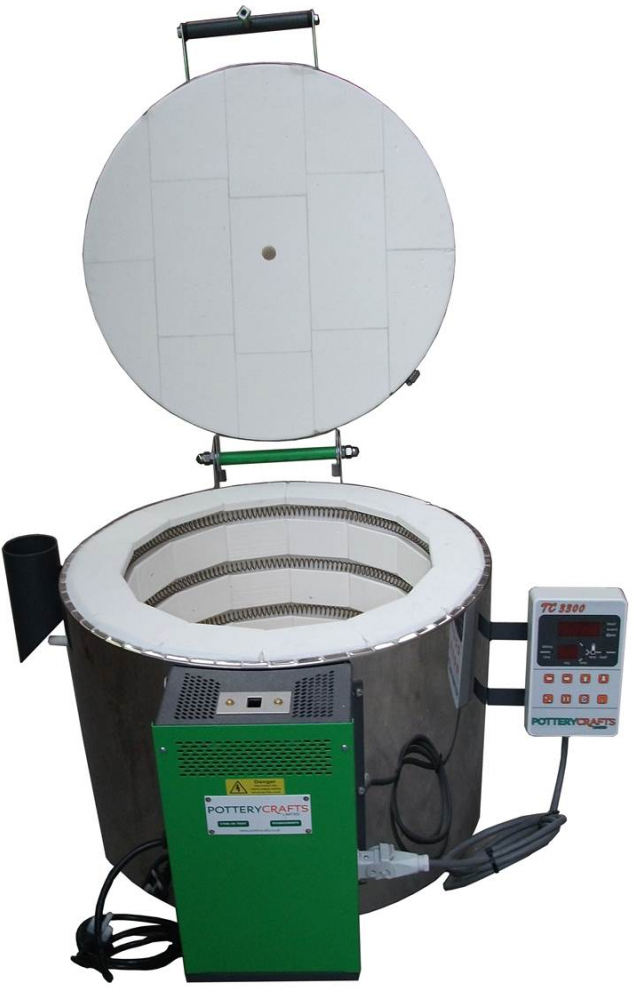I'm starting a home foundry, based in the UK to make small metal casts in aluminium and bronze - practicing with aluminium and moving on to bronze once I've got the skills and equipment set up right.
I am looking at building a furnace using the standard metal drum and refractory cement method but also wondering if the following sort of unit could be used to melt bronze to pour?
It goes to the right temperature, and can be carefully controlled and run on household power so it would work well I think.
The sorts of reasons I can think of that it might not work:
- opening the kiln at the top temp of around 1000 °C could damage it in some way?
- it goes to the right temperature but can't stay that hot for very long?
- it goes to the right temperature but won't open at top temp as a safety feature?
- it costs too much to run at the that temp for long enough?
- there is some sort of reaction with the metal and the materials of the kiln manufacture?
- the construction (firebricks, metal shell, element) is not sturdy enough to stand up to casting temperatures?
- if the kiln does not have ventilation for the fumes?
If not used for melting the metal, I would still probably need to open it at a high temp when taking out ceramic shells after they have been preheated in a kiln like this prior to pouring in the metal.
Anyone who has any information, links or experience would be very much appreciated!
